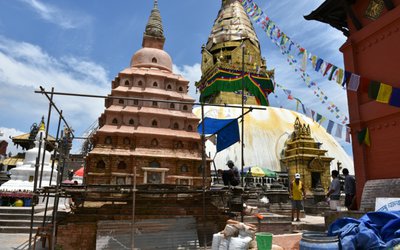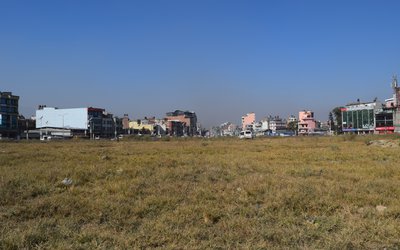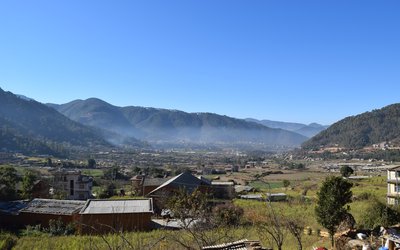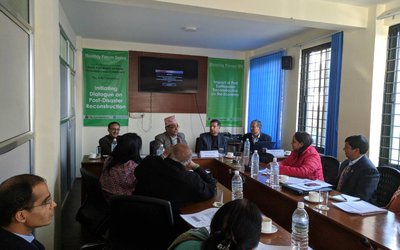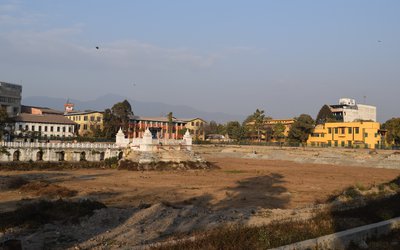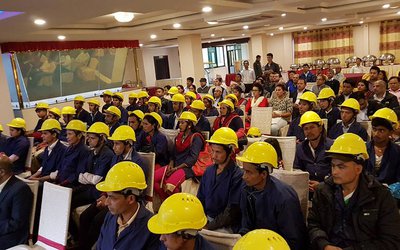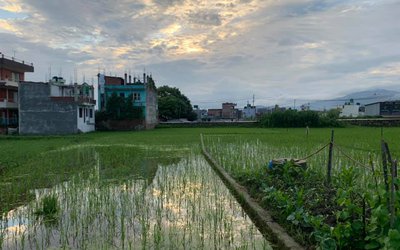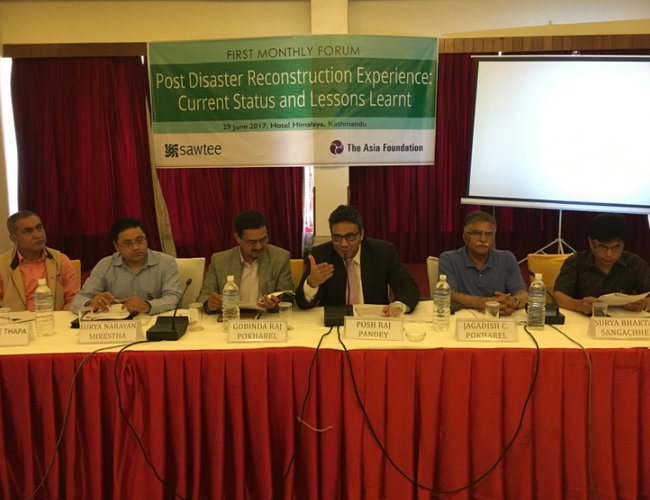
The struggles of millions of survivors of the 2015
earthquake, whose only roof over their heads was destroyed, are beyond words.
Two years on, the majority of earthquake survivors still live in temporary
shelters, creating an urgency to expedite the reconstruction and recovery
process.
Slow start
Given its geology and history, a high magnitude earthquake had long been anticipated in Nepal and on April 25 and again on May 12, it arrived. A series of earthquakes and aftershocks hit Nepal, upending the lives of millions of people and bringing about unprecedented destruction of life and property. The Post Disaster Needs Assessment (PDNA) report provided an overview of initial damages and the steps to be taken for recovery. The government announced a cash grant of Rs 300,000 for the construction of the damaged houses, to be distributed in three tranches. The National Reconstruction Authority (NRA) was formed and tasked with the recovery and reconstruction of the private and public structures damaged by the earthquake. The subsequent formulation of the Post Disaster Recovery Framework (PDRF) provided further roadmap for post-disaster reconstruction. Thus began what was hoped to be post-disaster reconstruction of massive proportions.
Burdened with bureaucratic hassles and political bickering, the NRA suffered a slow start. According to the NRA’s progress infographic published in August this year, the NRA has signed agreements with around 84 per cent of the 765,618 beneficiaries identified for the distribution of cash grant, 95 per cent of whom have already received the first tranche. On the other hand, the distribution of the second and third tranches has been rather slow with only 55,754, and 2,797 recipients, respectively. Most damningly, the total numbers of houses either completed or under construction are still just 161,628, only around 20 per cent of the identified beneficiaries. These statistics are a sad indictment of the slow pace of reconstruction. The reconstruction status of public buildings, health facilities, educational institutions, cultural heritage sites also presents a grim picture.
Diagnosis
The reasons for the delay in reconstruction are numerous, ranging from political to social. The establishment of the NRA took too long and was highly politicized. After three surveys, the cash grant distribution process finally commenced in March of 2016; by then the survivors had already spent 11 months in make-shift shelters. The causes of delay were many, including bureaucratic hassles as a result of poor coordination and lack of communication between the implementing agencies of the government, insufficient public awareness campaign on the grant distribution process, absence of local authorities, logistical problems created by a lack of road connections in many of the affected villages, shortage of building materials and the ensuing inflation.
Furthermore, a severe lack of skilled and trained manpower (masons, engineers, overseers) to take on the task of building earthquake-resistant structures stymied reconstruction activities. The shortage owed in large measure to a substantial number of working-age men from the affected villages being abroad for employment.
The beneficiaries too appeared to be reluctant to rebuild due to their weak financial status. Most people in the rural areas are heavily dependent on agriculture, which was hit hard by the earthquake. A loss of property and income meant they weren’t able to pool the funds necessary to rebuild their house as the cash grant provided by the government was not enough. The lengthy and cumbersome processes of obtaining subsidized loans through banks and financial institutions have attracted very few borrowers. Perceived social prestige and safety of the more expensive RCC structures also played a role in the beneficiaries’ unwillingness to start rebuilding soon.
The political unrest and blockade that followed the promulgation of the Constitution of Nepal 2015 also delivered a serious blow to the Nepalese economy and the post-disaster reconstruction and recovery.
It is imperative that the NRA identify all the shortcomings of the reconstruction process and take steps to resolve or minimize the institutional inefficiencies causing this delay. It is also important to take stock of the lessons learnt, which will not only aid the current reconstruction process but will also be beneficial for future preparedness and disaster management, as natural disasters are inevitable.
Moreover, a holistic approach to reconstruction and recovery should be adopted to build resilient communities and a robust economy. Reconstruction and restoration of public buildings, health facilities, educational institutions and cultural heritages should not be put in the back burner as these structures are very much linked to the livelihood and well-being of the affected communities. Creating public awareness regarding the safety of cheaper earthquake-resilient houses is necessary to change the public perception regarding expensive houses.
Rays of hope
Stating that the authorities have not been doing anything would be incorrect. The NRA has been making efforts to expedite the reconstruction and recovery process. It has recently launched an Android application (app) called ‘Surakshit Ghar’ which provides information on safe construction practices, work site safety, house designs, list of trained masons, and engineers with contact details with the hope of easing the access of homeowners to earthquake-resilient technology and expertise. Homeowners can virtually request engineers for technical advices through the app. The NRA has also started broadcasting radio jingles in Newari, Tamang and Gurung languages to create awareness among the survivors.
The NRA is also developing five model integrated resettlement villages, one each in five affected districts. An additional cash grant of Rs 200,000 has been endorsed to landless survivors to buy land as well to the survivors living in vulnerable places.
A correction manual has been endorsed which makes the compliance standards more flexible without compromising the safety of the houses and senior engineers are being deployed to resolve the issues of compliance on case-by-case basis. This is likely to increase the number of recipients of the second and third tranches as well as motivate other beneficiaries to start rebuilding.
A recent NRA datasheet shows that the number of human resources trained (short term and on–the-job mason training) has reached almost 42,000. The same datasheet also states that of the 207,861 grievances registered, 200,287 have been reviewed and 197,918 have been redressed. The NRA has very recently started the resurvey of a total of 133,360 houses in the 14 most affected districts, which is set to be completed by 16 September, 2017 and has trained more than 300 engineers for the purpose. These are positive steps to speed up the post-disaster reconstruction and recovery process, albeit few. The expectation is that the NRA will relentlessly increase its efforts as the survivors have already been through enough hardships.
Newly elected representatives in local bodies are also enthusiastic to rebuild their villages and communities. This enthusiasm and stability at the local level coupled with the lessons learned so far have to be capitalized on.

Pragati Koirala
Koirala is a Research Associate South Asia Watch on Trade, Economics and Environment (SAWTEE) Kathmandu, Nepal
- Towards A Disaster Resilient Country
- Jan 07, 2018
- Understanding Post-Disaster Conflict
- Dec 24, 2017
- Recovery And Reconstruction: A look At The Reconstruction Expenditure
- Oct 15, 2017
